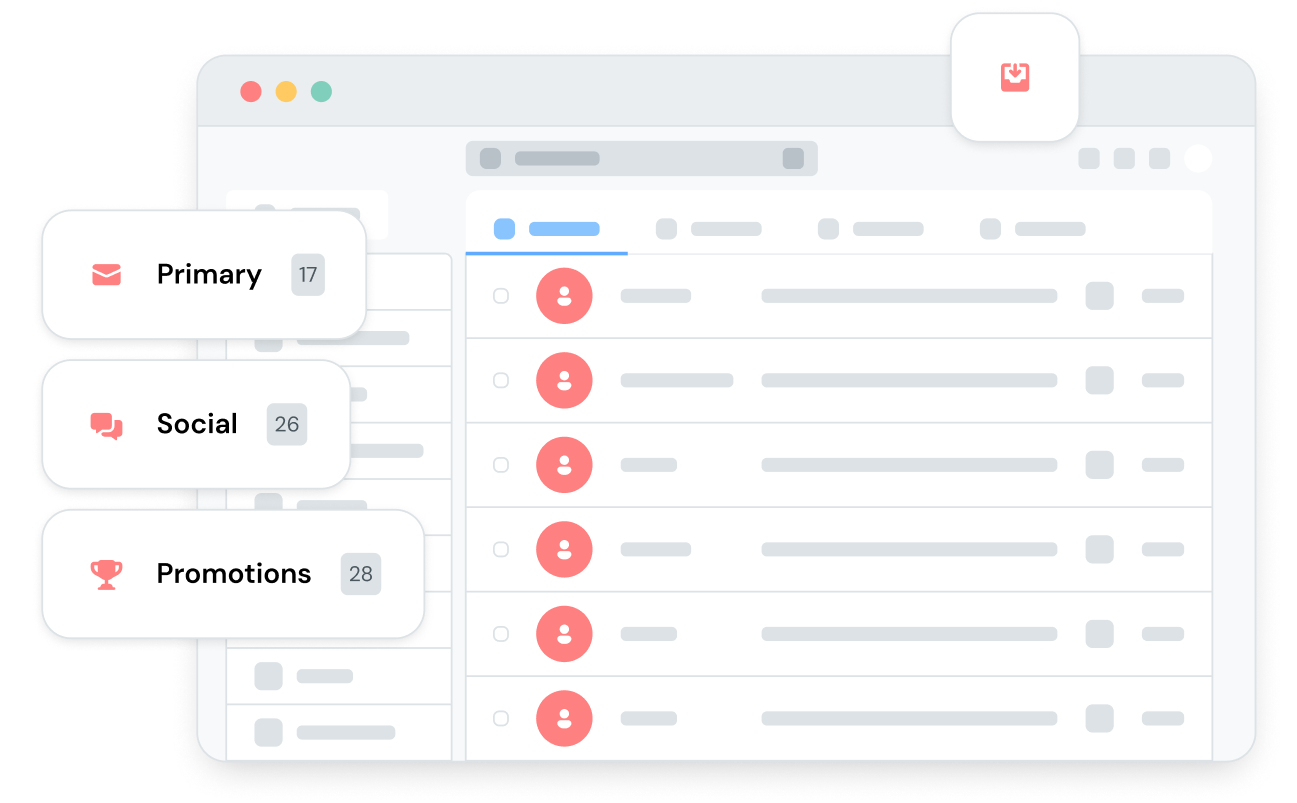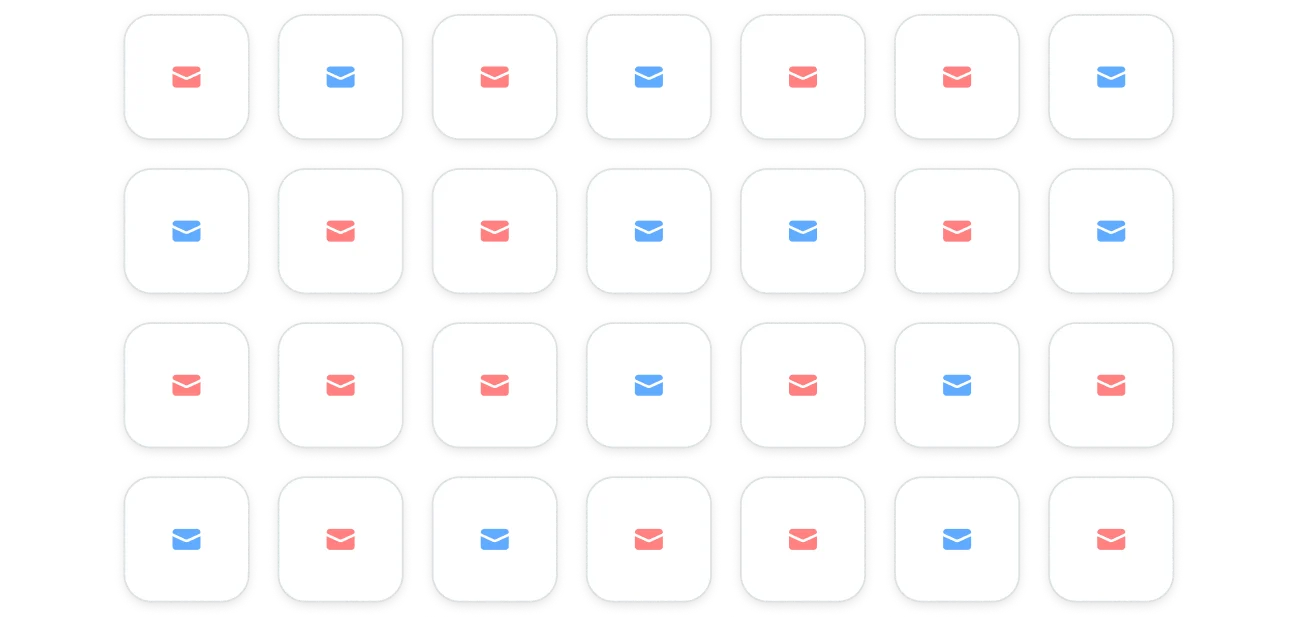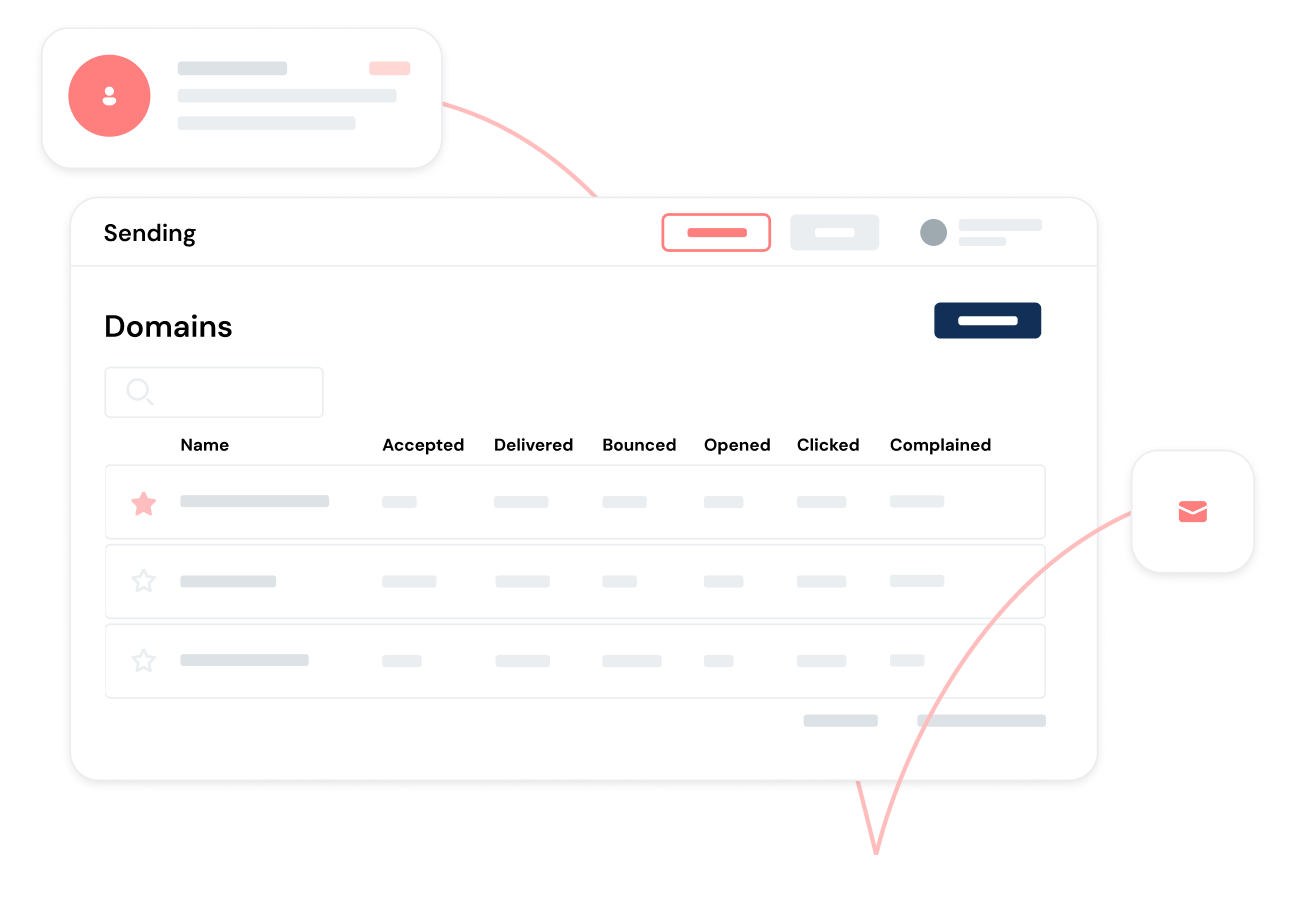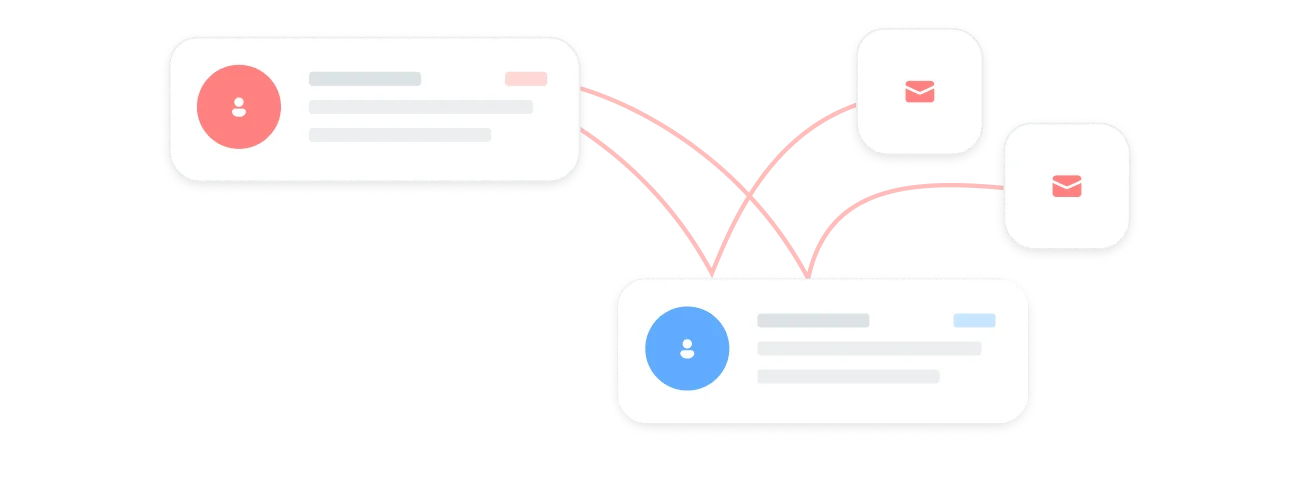
Improve email deliverability and performance
Managing an email database and your various programs – email marketing, transactional messages, and more – is no small task. From building email lists to optimizing email deliverability, there are dozens of factors that impact how your company’s emails will perform. The last thing you want to worry about is how to deal with emails that bounce back and aren’t delivered. But addressing this issue is a critical part of optimizing your email deliverability. Luckily, bounce management software can help automate tasks to accomplish this.




